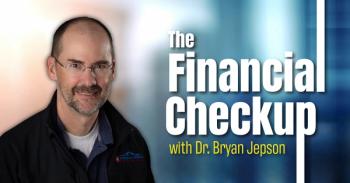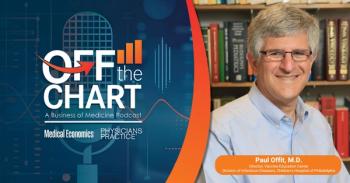
PTSD responds to hyperbaric therapy; patients with heart conditions want to talk about sexual health; frailty may increase risk for dementia – Morning Medical Update
Key Takeaways
- Hyperbaric oxygen therapy (HBOT) effectively reduces PTSD symptoms in patients unresponsive to psychotherapy or psychiatric medications.
- A significant gap exists between older heart patients' desire for sexual health information and the guidance provided by clinicians.
The top news stories in medicine today.
Researchers have demonstrated that hyperbaric oxygen therapy (HBOT) improves the condition of those suffering from PTSD who have not responded to psychotherapy or psychiatric medications. “Our unique therapeutic protocol affects the biological brain ‘wound’ associated with PTSD, and effectively reduces typical symptoms such as flashbacks, hyper-vigilance and irritability. We believe that our findings give new hope to millions of PTSD sufferers and their families, all over the world,” the researchers explained in a
Older adults with heart conditions reported that their sexual health has an impact on their mood and overall well-being, according to a Swedish survey. That said, although
“I believe the health care professionals should change their patient standards to make discussing sexual health a standard and respectable topic in health care settings,” Tiny Jaarsma, PhD, lead author of the study and a professor of nursing at the University of Linkoping in Sweden, said in a university release. “This way, every person with a heart disease would receive information or at least be encouraged to seek information about their sexual health.”
A
“By understanding the connection between aging, frailty and dementia, we can use targeted intervention strategies to reduce risk and improve quality of life,” David Ward, PhD, lead author of the study and research fellow in aging and geriatric medicine at the Center for Health Services Research, explained in a
Newsletter
Stay informed and empowered with Medical Economics enewsletter, delivering expert insights, financial strategies, practice management tips and technology trends — tailored for today’s physicians.














